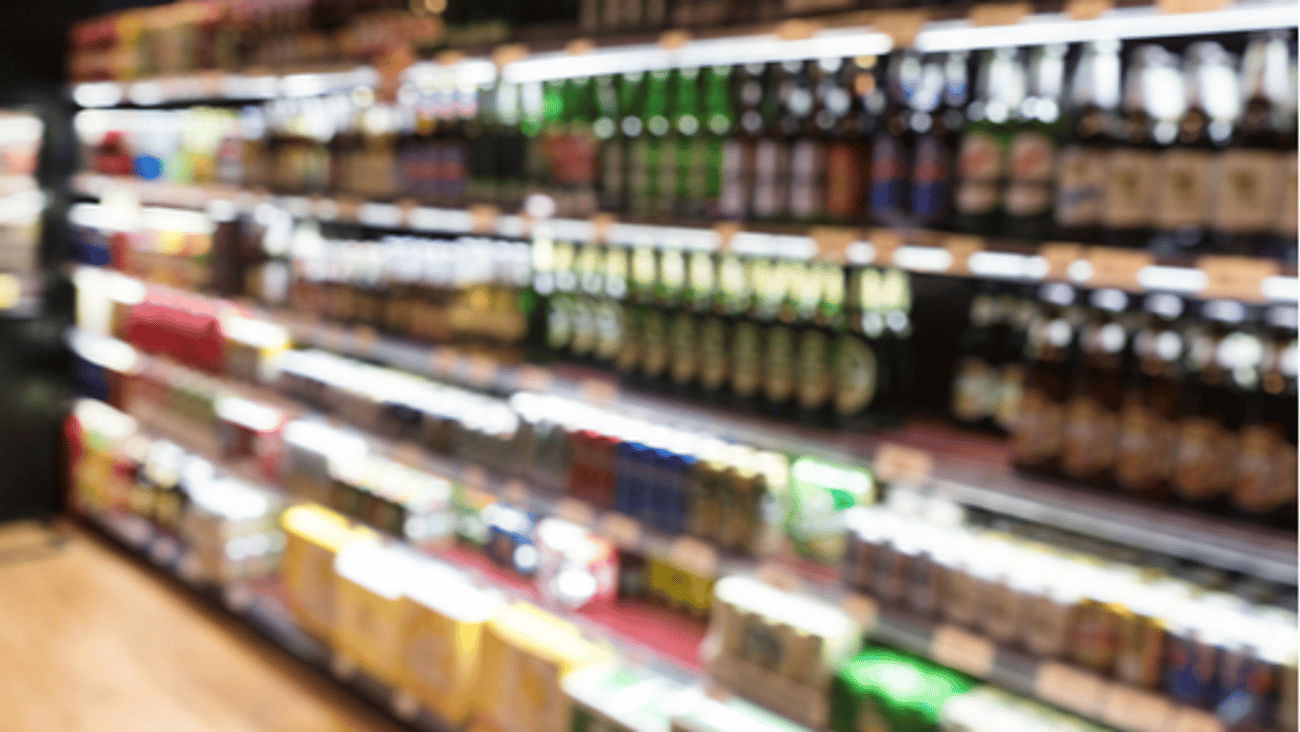What's in store for food and beverage at convenience?
The year 2025 is upon us, and we’re all wondering, “what’s in store for convenience in Canada?” These past five years have been difficult, economically and socially. While inflation and interest rates are coming down (Bank of Canada), the average dollar doesn’t stretch as far as it used to. Convenience operators and their suppliers can waste no effort in getting their share.
To that end, The Ipsos Food and Beverage Group would like to share some trends we believe are vital to successful competition in the convenience store channel. These trends are published in the 11th edition of our annual report, CHATS 2025, powered by Ipsos’ daily tracking of consumers’ food and beverage behaviours.
The theme for 2025 is “The Consumer Clash” as evidenced by polarized trends that appear to contradict each other, yet exist simultaneously amongst different consumer segments or in different occasions. In this article, we will share three of these pairs of clashing trends.
New age and tradition
Under pressure to change behaviours, many consumers retreat to old systems, and convenience stores are caught in the middle. In order to save money, Canadians are pulling back from foodservice, using it at rates lower than 2019. Where c-stores feel the pinch is in immediate-consumption beverage and snack occasions that are more vulnerable to replacement with groceries from home.
Fortunately, some relatively recent evolutions in the c-store industry offer a protective factor to attracting traffic and larger transactions. C-stores that compete with quick-service restaurants for hot meals and specialty hot and cold coffee will benefit from their market leadership. Alcoholic beverages and their non-alcoholic substitutes are also more resilient than other cold beverages like carbonated soft drinks.
Food and beverages have become a source of eater-tainment as consumers looking to both the past and future to create interesting new experiences at meal and snack occasions.
Seeking nostalgia is increasingly influencing choices, and confections are among the categories sought out. Even generation Z customers who have only been in their twenties for a few years have enough history to seek those 90’s vibes. Vice versa, the future of Canada is increasing ethnic diversity and cross-acculturation. This trend is evidenced by the mass availability of food from across Asia and growing demand among both consumers with ties to the Asian continent or otherwise.
Another new-age trend to consider is how usage of air-fryers is replacing microwaves. Any c-stores that stock heat-n-eat frozen foods should be stocking varieties suitable to both appliances.
Climate agreement and the say-do-gap
As sellers of primarily single-serve packaged goods, convenience stores draw attention from those conscious of environmental sustainability and waste reduction. Regardless of age, nearly half of all consumers agree that environmental considerations impact their decisions to consume an item.
In general, however, gen Z Canadians, who frequent c-stores, are the most likely to put their money where their mouth is: 45% report they are purchasing more food and beverage brands that demonstrate sustainable practices (28% avg.). Environmental sustainability is seeing more traction in consumption of packaged goods than is organic as of late. Even though gen Z often feels more burdened by other financial and social pressures, they are still more likely to hold themselves and businesses more accountable.
Health and hedonism
Convenience stores are traditionally more associated with treats and goodies, but are actually a prime source of trends towards functional nutritional beverages and snacks.
Under pressure, there is a rising trend of nouveau nihilism and “you only live once” that has consumers resorting to food and beverage as an affordable indulgence. C-stores are well-positioned to market against consumers’ mounting needs for lifting the mood, seeking enjoyment, comfort, fun, decadence, people-pleasing and self-reward. Canadians generally prefer sweets over salty snacks, lead by top categories chocolate and potato chips, but in the past few years salty (and in particular spicy snacks) have been growing share of stomach.
At the same time, an aging population and health-literate youth are increasingly looking to manage both physical and mental health with the foods and beverages they consume. A fifth of Canadians have some health concern led by excess weight, stress and high cholesterol. While the motivations of more mature consumers may be reactive and those of younger consumers more proactive, both are actively seeking out “functional” foods and beverages that tout the physical or mental benefits they seek.
Health-conscious consumers are increasingly attracted to both specific and general claims related to health. Market specifically to mood, energy, weight loss, digestion, immunity, blood sugar, bone health, or muscle tone. Market generally to simple ingredients, high quality, health and nutrition, fresh/not-processed, pure and natural.
The convenience channel is nothing if not nimble, adaptable, and resilient. My hope is that I have been able to empower operators and suppliers to be successful under pressure. Let’s make convenience the hottest topic of 2025.
Consumer Corner is a new in 2025 column from Ipsos Canada. It first appeared in the January/February 2025 issue of Convenience Store News Canada.





